The V8 Engine Has a Future After All, Says Jaguar's Design Head
Ian Callum, the director of design at Jaguar, spoke recently at Coventry University’s National Transport Design Centre on various subjects related to the auto industry.
Callum, a Coventry University alumnus, touched on automotive history, autonomous vehicles, the buying process, even Jaguar itself.
Ian Callum also had something to say about the V8 engine, according to CAR Magazine.
Long live the Queen.
Long live the V8.
To begin with, says Callum, the age in which we live isn’t so different from the era in which Callum began his design education, way back in the early 1970s.
“In 1972 nobody wanted cars, because of the oil crisis,” Callum told his audience at Coventry University. “People had written them off. It was a difficult time to go into car design. Politicians had decided that the motor car had a short future and we would all be using public transport.”
The reasons may be different now than they were in 1972, but there is a rising tide of anti-car sentiment. There’s a fear among driving enthusiasts that autonomy will steal our steering wheels. There’s a concern that the constant search for incremental laboratory-measured fuel economy improvements will result in a dearth of naturally aspirated, large displacement engines.
Callum, Jaguar’s design boss for nearly two decades and the brother of Moray Callum, Ford’s vice president for design, isn’t denying the future.
“The process of autonomy is a given,” Callum says.
“When will that turning point be? In my opinion it will be sooner than a lot of people think,” Callum points out, suggesting that the car industry will lead while governments follow with infrastructure. It all sounds so electrified, so robotic, so uninvolving.
But, says Callum, “I think there will still be a place for V8s.”
Curiously enough, V8s form a small part of the Jaguar world, even in the traditionally V8-friendly United States. Three of five Jaguar nameplates don’t offer a V8. The overwhelming majority of Jaguar XJ sedans are selected with six cylinders; most F-Types are V6-engined, as well. (At Jaguar’s Land Rover partner, U.S. sales of the Range Rover and Range Rover Sport in the first five months of 2017 included 5,944 V8-powered vehicles; another 11,868 with V6s.)
Perhaps this serves to explain Callum’s V8 theory. Jaguar’s design director believes there’s a place for V8s in the future due precisely to the anticipated rarity.
“Because there will be so few of them, the fuel they burn will be a drop in the ocean.”
You can have a V8. Just don’t let your neighbor get hold of one, too.
Timothy Cain is a contributing analyst at The Truth About Cars and Autofocus.ca and the founder and former editor of GoodCarBadCar.net. Follow on Twitter @timcaincars.
[Images: Jaguar Land Rover]
More by Timothy Cain
Latest Car Reviews
Read moreLatest Product Reviews
Read moreRecent Comments
- 28-Cars-Later I'm getting a Knight Rider vibe... or is it more Knightboat?
- 28-Cars-Later "the person would likely be involved in taking the Corvette to the next level with full electrification."Chevrolet sold 37,224 C8s in 2023 starting at $65,895 in North America (no word on other regions) while Porsche sold 40,629 Taycans worldwide starting at $99,400. I imagine per unit Porsche/VAG profit at $100K+ but was far as R&D payback and other sunk costs I cannot say. I remember reading the new C8 platform was designed for hybrids (or something to that effect) so I expect Chevrolet to experiment with different model types but I don't expect Corvette to become the Taycan. If that is the expectation, I think it will ride off into the sunset because GM is that incompetent/impotent. Additional: In ten years outside of wrecks I expect a majority of C8s to still be running and economically roadworthy, I do not expect that of Taycans.
- Tassos Jong-iL Not all martyrs see divinity, but at least you tried.
- ChristianWimmer My girlfriend has a BMW i3S. She has no garage. Her car parks on the street in front of her apartment throughout the year. The closest charging station in her neighborhood is about 1 kilometer away. She has no EV-charging at work.When her charge is low and she’s on the way home, she will visit that closest 1 km away charger (which can charge two cars) , park her car there (if it’s not occupied) and then she has two hours time to charge her car before she is by law required to move. After hooking up her car to the charger, she has to walk that 1 km home and go back in 2 hours. It’s not practical for sure and she does find it annoying.Her daily trip to work is about 8 km. The 225 km range of her BMW i3S will last her for a week or two and that’s fine for her. I would never be able to handle this “stress”. I prefer pulling up to a gas station, spend barely 2 minutes filling up my small 53 liter fuel tank, pay for the gas and then manage almost 720 km range in my 25-35% thermal efficient internal combustion engine vehicle.
- Tassos Jong-iL Here in North Korea we are lucky to have any tires.

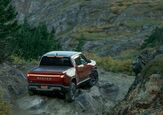
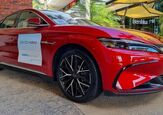

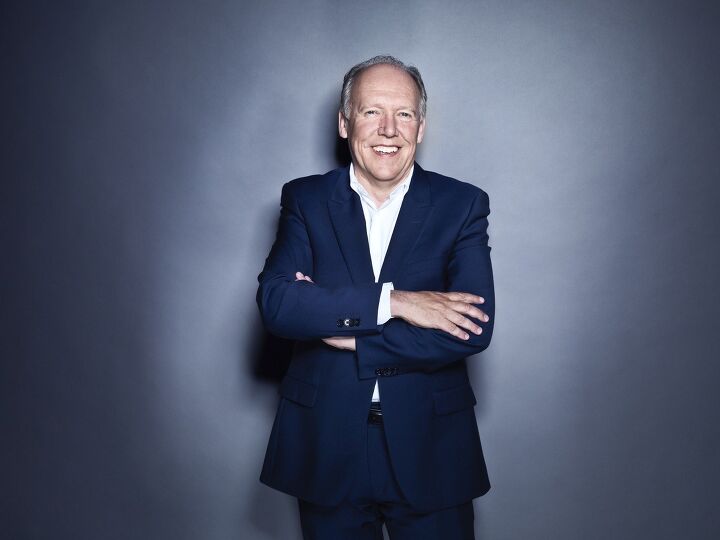












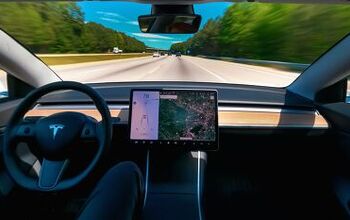

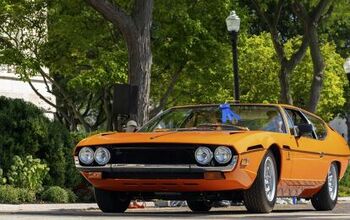
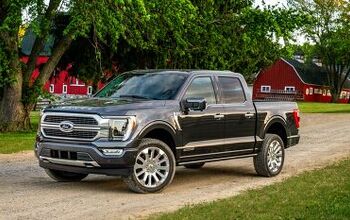
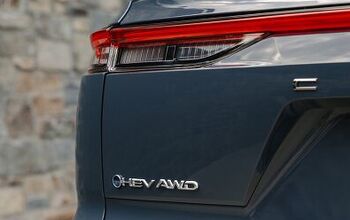

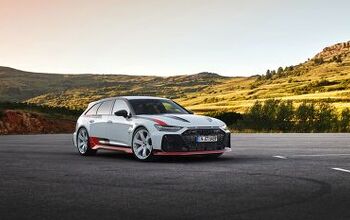

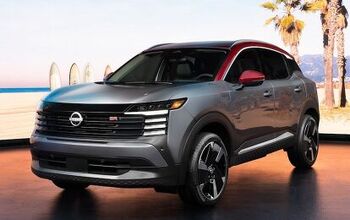
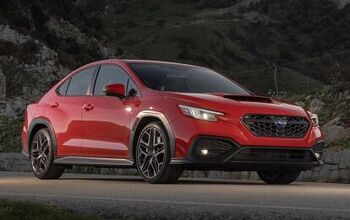
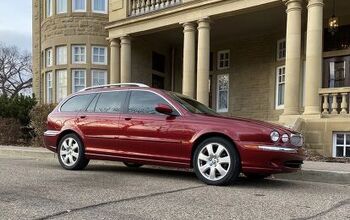
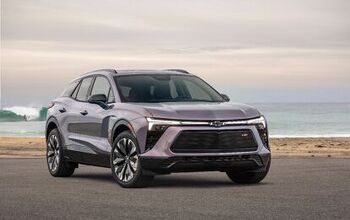
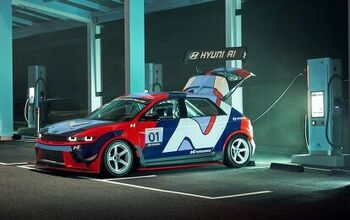
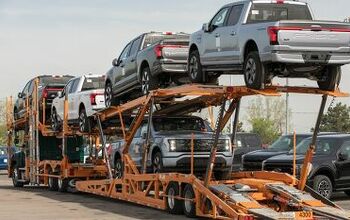
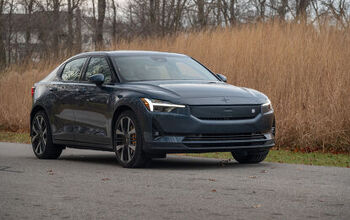
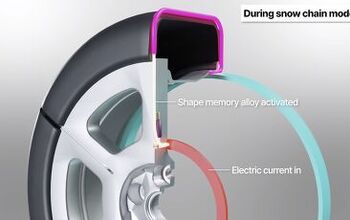
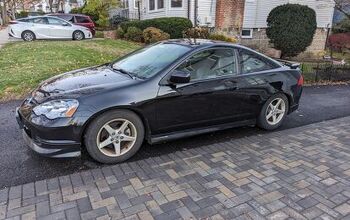
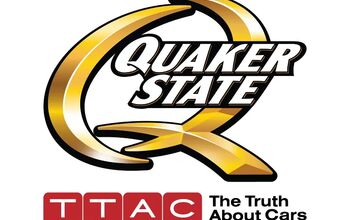
Comments
Join the conversation
I have to wonder what Jaguar sees in the V-8. I remember Jack's list of cylinder desirability. The V-8 stood out in that it made zero engineering sense, but made all kinds of sense to Americans who grew up on American muscle (or possibly knowing they were denied as much do to cars made in the malaise era). My point is wondering why in the world Jag wants anything to do with such engines. A V-12 belongs in a Jag. A straight 6 is the cheap and cheerful substitute (and supercharge it, please). There really isn't a point to a V-8, unless you want an insufficiently long hood on your Jag. [and yes, I'm the type of sucker who looks at the prices of an XF (v-8) and wonders how long the transmission will hold out].
"The primary advantage of a V8 is the shorter crankshaft compared to an I8 or even a large I6 or V12." This. It's the most power in a reasonable footprint to fit in a car. My beef with modern V8s is that domestic designers and manufacturers are lazy in the pursuit of power, and simply add displacement to get it. The aluminum 6.0L in my V puts out 400 horsepower. A big number but, extrapolated downwards, is 100 HP from a 1.5L mill. Not really stupendous these days. I love BMW's 4.4L V8 with 315 HP. My 2006 Mustang can't make that with 4.6L. With modern technology and materials there is no reason why a 3.5L V8 can't produce 300 reliable horsepower.